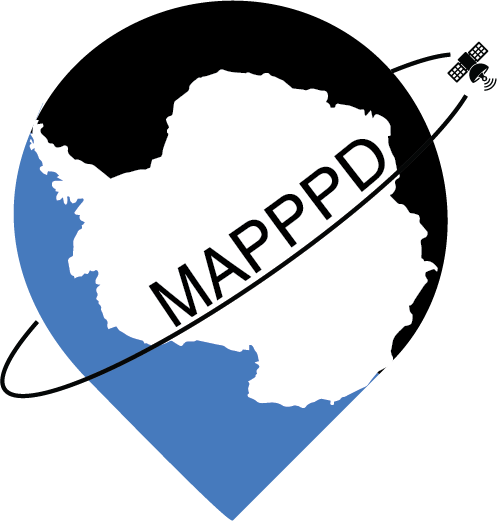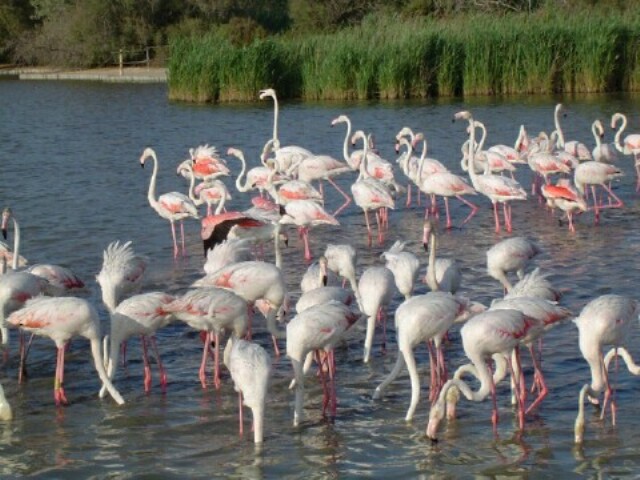National, regional and thematic applications
The LPI database contains thousands of vertebrate population time series. These are fed into the LPI to provide a global indicator of biodiversity change but the data can also be divided into useful subsets to focus on a particular region or group of species. The following examples show some current and recent application of the LPI.









